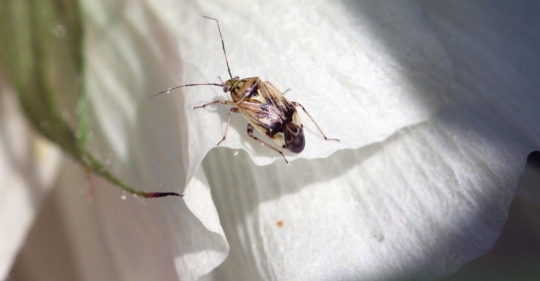2019 Cotton: Tighten Insect Management

By: Patrick R. Shepard
Winter is an excellent time to bone up on the latest university recommendations and new insect management products and practices. Several university cotton entomologists offer suggestions on how growers can optimize their off-season learning time.
EARLY ALWAYS BETTER
For thrips control, most seed companies offer an imidacloprid-based seed treatment on their seed. The addition of acephate enhances thrips control, says Mississippi State University entomologist Angus Catchot. “Our first choice is acephate sprayed in-furrow, or secondly, added as a seed treatment over the top of the imidacloprid.
Related: Hawkins Farm: Arkansas family farming on a fault line
“Additionally, AgLogic 15G aldicarb has made a little headway into Mississippi, and has performed very well. One advantage of aldicarb is that you’re picking up nematode control in addition to thrips control. Growers who have granular boxes might want to consider using it, especially on their nematode ground.”
Mississippi will see more VIP cotton varieties planted in 2019 than in 2018, Catchot says. However, based on yields of some of the dual gene cotton, there still will be a lot of that cotton planted. “So, from a bollworm control standpoint, on any WideStrike, TwinLink, or Bollgard II varieties that we’ll have in the market in 2019, we need to utilize our egg threshold, which is 20 eggs per 100 plants. On any of our Bollgard III, WideStrike 3, or TwinLink Plus varieties, we’ll utilize either a 4 percent small larvae threshold or a 6 percent damage threshold to trigger applications. Remember, when treating eggs for bollworms, early is always better than late. We’ve been extremely successful when we time egg lays rather than larvae for applications.”


